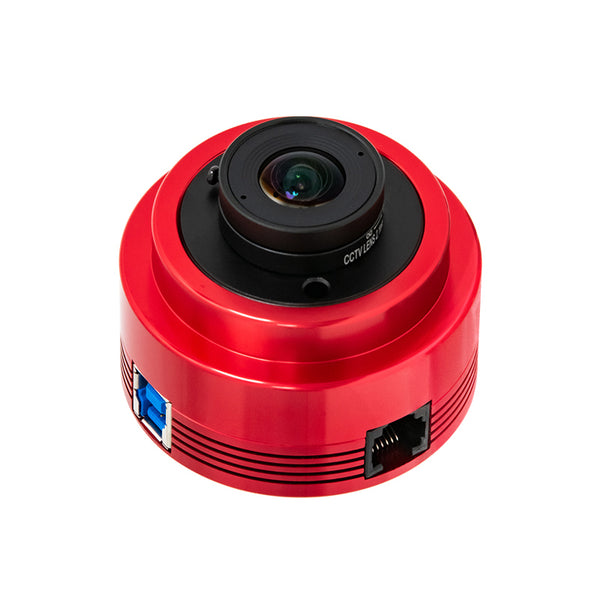
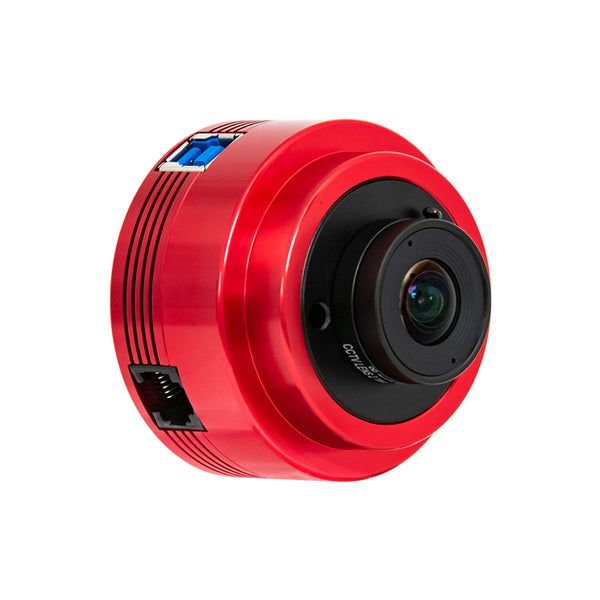
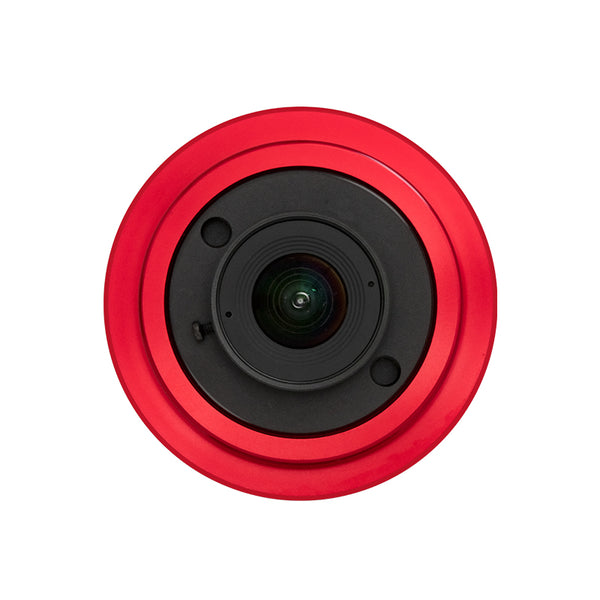
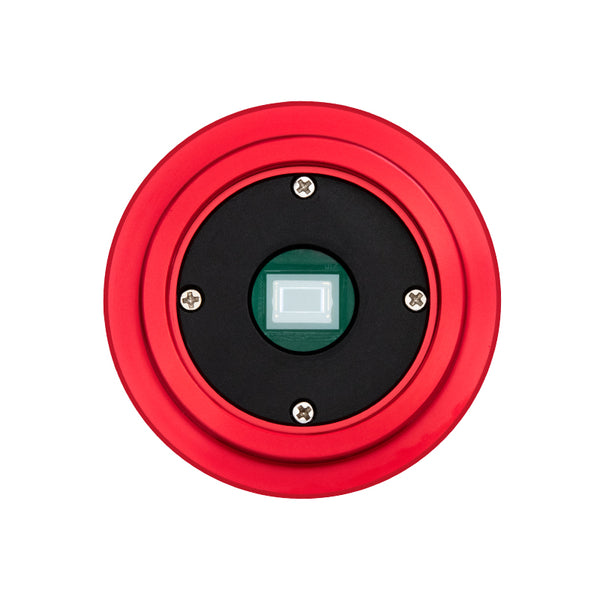
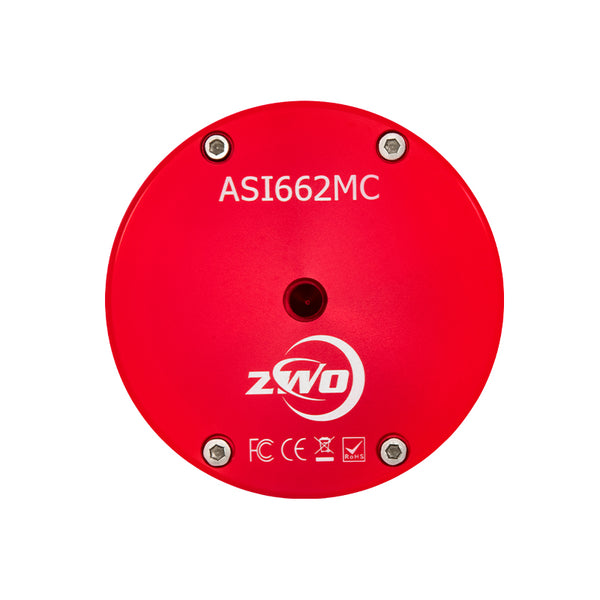
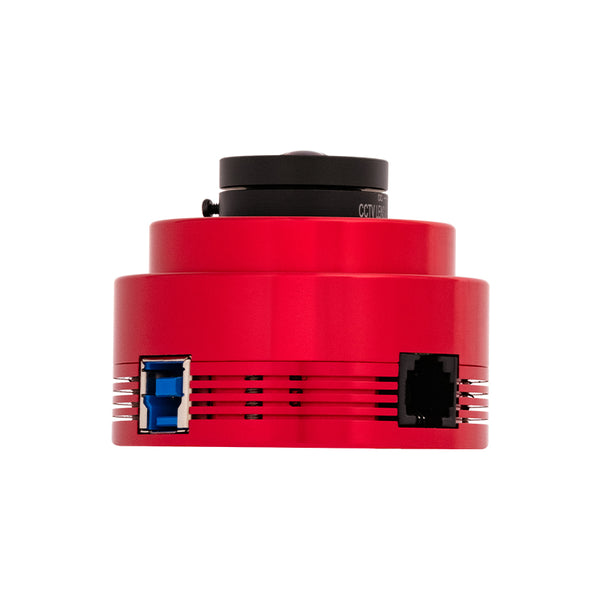


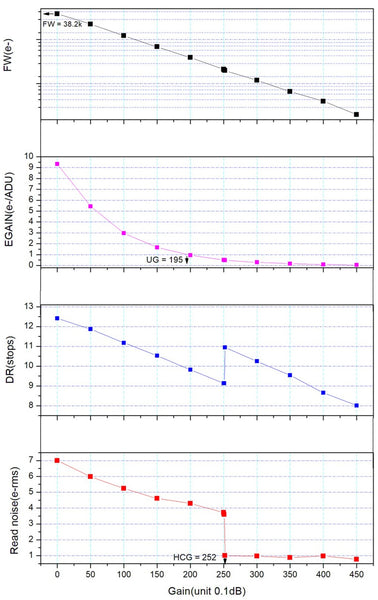











Why Purchase from All-Star Telescope?
Free Expert Support
Whether you are a first timer needing help with setting up or an enthusiast that can't quite make that one thing work, our expert staff are ready to support your needs. With decades of knowledge and first hand experience we've been there and we can help you through it!
Stress Free, Secure Transactions
You can trust purchasing and delivery with All-Star Telescope. All of our transactions are 100% secure and Level 1 PCI DSS compliant thanks to Shopify's ShopPay platform. For additional protection, we insure 100% of the value of every shipment we make. If it get's lost during shipment, we replace it. If it gets damaged during shipment, we replace it. We make sure your product arrives exactly as you would expect it to; we promise.
We also ensure privacy protection. We never keep any of your credit card information on file and any of your personal data is stored according to our policies.
30 Day Return Policy
Buy with confidence knowing that we accept returns up to 30 days after purchase. We want you to have something you will actually use and we are confident that we keep good quality products in our store with No Junk.
Price Match Promise
Shipping around for the best price is tough, we make it easier by offering the best pricing in the market. But if you find a better price on an in-store item somewhere else we will match it!
Product Description
The ASI662MC adopts the Sony-IMX662 sensor, has a rolling shutter, a frame size of 1/2.8", a pixel size of 2.9um, has 2.07 million pixels (1920*1080). In high speed mode the CMOS sensor can output 102.6 frames/second at full resolution and provide a low read noise level.
Large Full Well Capacity, Not Easy to Overexposure
The ASI662MC adopts Sony IMX662 sensor with the latest technology. Compared to the previous generation of sensors, it has very low readout noises and an extreme large full well capacity which is 3 times larger than that of IMX462. This helps effectively avoid overexposure issues and also allow longer exposures. In low light conditions, the camera performs excellent, capturing very clear images of celestial objects.
STARVIS 2
ASI662MC adopts the latest SONY IMX662 sensor with the advanced STARVIS 2 technology. Featuring zero amp glow, higher sensitivity to red and near infrared (NIR) light, and 3 times larger full well capacity, it can be regarded as an upgrade of ASI462MC. Also, its dark current noise is several times lower than ASI174MC.
USB 3.0 & 256M DDR3 Memory
The camera is equipped with a USB 3.0 transmission interface and a built-in 256MB DDR3 cache to ensure stable and secure data transmission. Under long exposure, it effectively avoids frame dropping and greatly reduces the glow effect caused by slow reading speed.
Upgraded Model
Upgraded Model - The ASI662MC is an upgraded product of the ASI462MC. Compared with ASI462MC, it has the characteristics of a greater full well depth and no amp glow.
| Model | ASI662MC | ASI462MC |
| Color or Mono | Color | Color |
| With or Without Glow | Without | With |
| Format | 1/2.8" | 1/2.8" |
| Resolution | 1920*1080 | 1936*1096 |
| Pixel Size | 2.9μm | 2.9μm |
| Readout Noise | 0.8-6.9e (1.22e@19db gain) |
0.47-2.65e |
| QE Peak | 91% | 80% |
| Full Well | 38.2ke | 11.2ke |
| ADC | 12bit | 12bit |
| Back Focus | 12.5mm | 12.5mm |
| MAX FPS | 102.6fps | 136.1fps |
| Diagonal | 6.45mm | 6.46mm |
No Amp Glow
ASI662MC exhibits zero amp glow, no matter how long the exposure and how high the gain value. Since it is implemented directly at the hardware level, it does not require software control.
Camera Curve - Low read noise, high dynamic range
Readout noise includes pixel noise, circuit noise, and ADC quantization noise. The lower the readout noise, the better. As can be seen, the readout noise of ASI662MC is very low compared to CCD camera. The built-in HCG mode can effectively reduce the readout noise at high gain and allow the camera to maintain the same high dynamic range as it does at low gain. When the gain is 252, the HCG mode is automatically turned on and the dynamic range rises back to 12bit.
Quantum Efficiency
The QE curve and readout noise are very important parameters to measure the camera's performance. Higher QE and lower readout noise are necessary to improve the image signal-to-noise ratio.
Specifications
| Sensor | 1 / 2.8" CMOS Sony-IMX662AAQR-C |
| Bayer Pattern | R Gr Gb B |
| QE peak | 91% |
| Back focus length | 12.5mm |
| Max fps | 107.6fps |
| Full well | 37.8Ke |
| Shutter | Rolling shutter |
| Resolution | 2.07Mega Pixel (1920*1080) |
| Pixel Size | 2.9µm |
| Exposure Range | 32μs~2000s |
| Interface | USB 3.0 /USB 2.0 Type-B |
| Protect window | φ21-1.1 AR |
| ADC | 12bit |
| Dimension | 5.568mm*3.132mm |
| Weight | 126g |
| Working Temperature | -5°C~50°C |
| Storage Temperature | -10°C~60°C |
| Working Relative Humidity | 0-80% |
| Supported OS | WIN7/8/10 32&64, Linux, Mac |
Additional Articles, Videos, and Links
External Links

Astrophotography for Beginners Step 4: Shooting Deep-Sky Images
Taking deep sky pictures can be daunting, luckily there is an easy process to follow to allow you to get great shots! Here is the typical process for actually taking deep-sky images in the field.
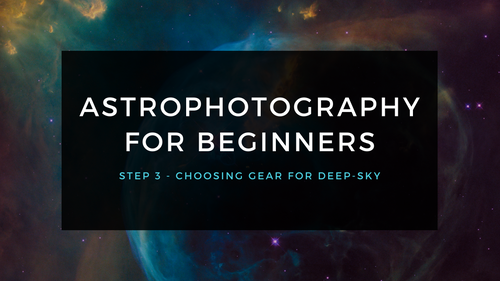
Astrophotography for Beginners Step 3: Choosing Gear for Deep-Sky Imaging
Using a star tracker gains you experience with the fundamentals of deep-sky imaging. Shooting the Moon gains you experience focusing and framing through your telescope. Through your sessions you’ll...
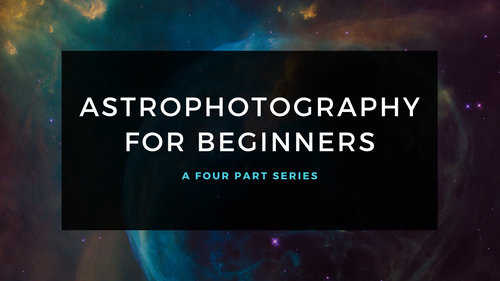
Astrophotography for Beginners - Start Here: Getting into Astrophotography Step by Step
Shooting the night sky has never been more popular, nor easier. The choice of equipment has also never been better, or more affordable. However, as per the advice given by Dickinson and Dyer in the...
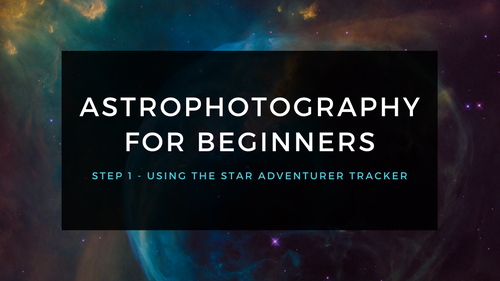
Astrophotography for Beginners Step 1: Using the Star Adventurer Tracker
By far the most economical and easiest way to capture beautiful images of the Milky Way and large deep-sky objects like the Andromeda Galaxy (shown here) is to use a star tracker. Here are steps an...
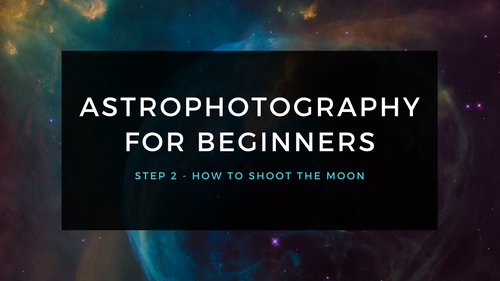
Astrophotography for Beginners Step 2: How to Shoot the Moon
Close-ups of the Moon are rewarding, and an easy way to learn to shoot through your telescope. While good results are possible with a phone camera clamped to an eyepiece (as shown below), this tuto...


